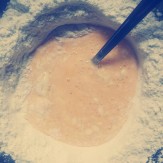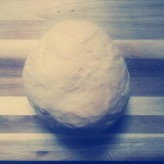Filled Fresh Pasta

Enzo Sisto 13 juni 2022
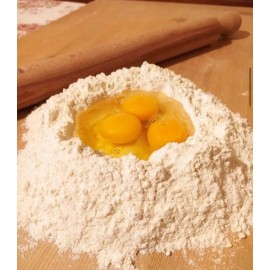
FILLED FRESH PASTA
Few weeks ago we came back from Bologna- Emilia Romagna (Italy) where we participated at the MARCA Fair and we couldn't talk about the filled fresh pasta.
It’s almost impossible to find someone who doesn’t like pasta. It comes in various different shapes and sizes, catering to different preferences. This Italian dish has become a staple in households around the world, with some countries even having their own version of the dish. While we can agree that pasta is delicious, the roots behind pasta are not only interesting but still up for debate.
Pasta is divided into two categories: dried pasta (pasta secca) which can be produced commercially and fresh pasta (pasta fresca) which is traditionally produced by hand. Between the two styles, there are over 300 styles of pasta that come with over 1,300 different names. Fresh filled pasta is the focus of this story, as it’s impossible to cover the entire world of pasta in a few short words. Fresh filled pasta is easy to make at home, especially if you have a pasta rolling machine. Rolling pasta by hand is an option but incredibly time-consuming.
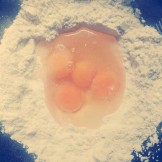
THE HISTORY OF PASTA
By the 14th century all kinds of “pasta ripiena” (filled pasta) began to appear throughout Italy. Whatever the shape, stuffed pasta was made from very thin layers of a dough consisting of wheat flour, water and sometimes eggs (egg pasta was popular in the north and central regions, less so in the southern regions).
This is a point of contention, with many food historians arguing three different stories of its origin. Some argue that there is evidence that pasta existed in pre-Roman Italy, some that argue that it was brought over from China by the Venetian traveller Marco Polo or that it made its way to Italy from the Mediterranean by the Arabs.
In the 16th century, pasta was actually considered a dish that only the wealthy could afford and enjoy. The famous Italian Renaissance chef, Bartolomeo Scappi, wrote a cookbook in 1570 named “Opera dell’arte del cucinare”, which translates to “Opera, the Art of Cooking”. In this cookbook, Scappi wrote about how to make fresh egg pasta dough and how to use a “special” rolling pin. One of the recipes he created was a banquet dish suited for the elite of that time. The dish consisted of boiled chicken accompanied with ravioli filled with a paste made of various parts of meat and cheese, roast pork, boiled pork belly, cow udders, herbs, fresh cheese, Parmesan, spices, raisins and sugar.
It was around the 17th century that it started becoming a staple of the common man. This had to do with the deterioration in people’s standard of living, which limited the access and affordability to meat, and how cheap the Kingdoms of Sicily and Naples were selling wheat.
RAVIOLI
The word “Ravioli” is said to have come from an old Italian word: “riavvolgere”, which means “to wrap” but others believe it may have been named after a man who was rumored to have invented the ravioli.
The Italian Ravioli dates back to the 14th century and traditionally is made with ricotta (fresh cheese), egg and mixed green herbs.
Italian regions offer various takes on this classic pasta shape. For instance, in Emilia Romagna, ravioli are served with ricotta e spinaci (ricotta and spinach).
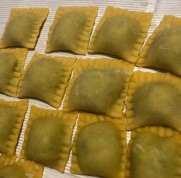
For something more substantial, try Molise’s version of ravioli. In this region, ravioli are filles with sausage and chard.
In Northern Italy Ravioli with pumpkin and almond biscuits, ravioli di zucca e amaretti, are also a festive treat, traditionally served on Christmastime or for a family celebration.
TORTELLINI
Tortellini are small filled pasta dumplings, any filling can be placed inside from spinach and ricotta to beef.
In terms of pasta origin myths, tortellini certainly have one of the more exotic backstories. The story is that the goddess Venus sought refuge in a tavern on the outskirts of Bologna. The owner of the tavern, transfixed by her beauty, gazed upon her through the keyhole of her room. However, all he could see of Venus was her navel. Therefore, he replicated its shape in the pasta we know today as tortellini.
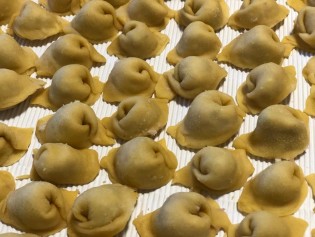
Dating back to the 13th century, tortellini soon became Bologna’s signature dish. The finest local ingredients - including pork loin, prosciutto di parma and mortadella - were combined in a single mouthful. It wasn’t long before tortellini saw popularity in Italia and beyond.
Cappelleti vs. Tortellini
Cappelleti (means "little hats" in Italian, a name reflected by the pasta's rounded shape) are similar to, and often confused with, tortellini.
Cappelletti date back at least to the Middle Ages when they were a luxury food for aristocrats' tables.
Both are generally made with a meat-and-cheese filling (sometimes it's only cheese) and typically served in chicken broth but can also be served in a meat sauce, often on New Year's Day or other special celebration. These days, they are a typical Christmas dish throughout Central Italy.
The difference between the two pastas lie in the size: tortellini tend to be smaller, while cappelletti are usually somewhat larger and in the folding.
Gerelateerde blogs

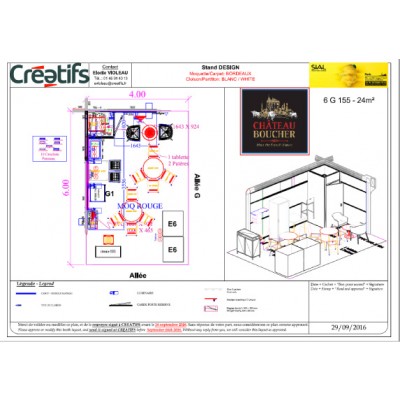
MEET US AT SIAL 2016 IN PARIS
Enzo Sisto 13 oktober 2016
The SIAL in Paris is surely one of the most elegant and glamour between the majors food fair in west Europe and will take place between october 16th and 20th.

The new IQF 2.0 is HyProFrozen
Enzo Sisto 27 mei 2020
HyperFrozen is the new fresh.
With a Professional touch it became
HyProFrozen™©®: frozen with 3 “PRE”:
We PREpare your fresh food in a professional frozen way.
We PREvent all degenerative processes.
We PREserve it from alteration and waste.
